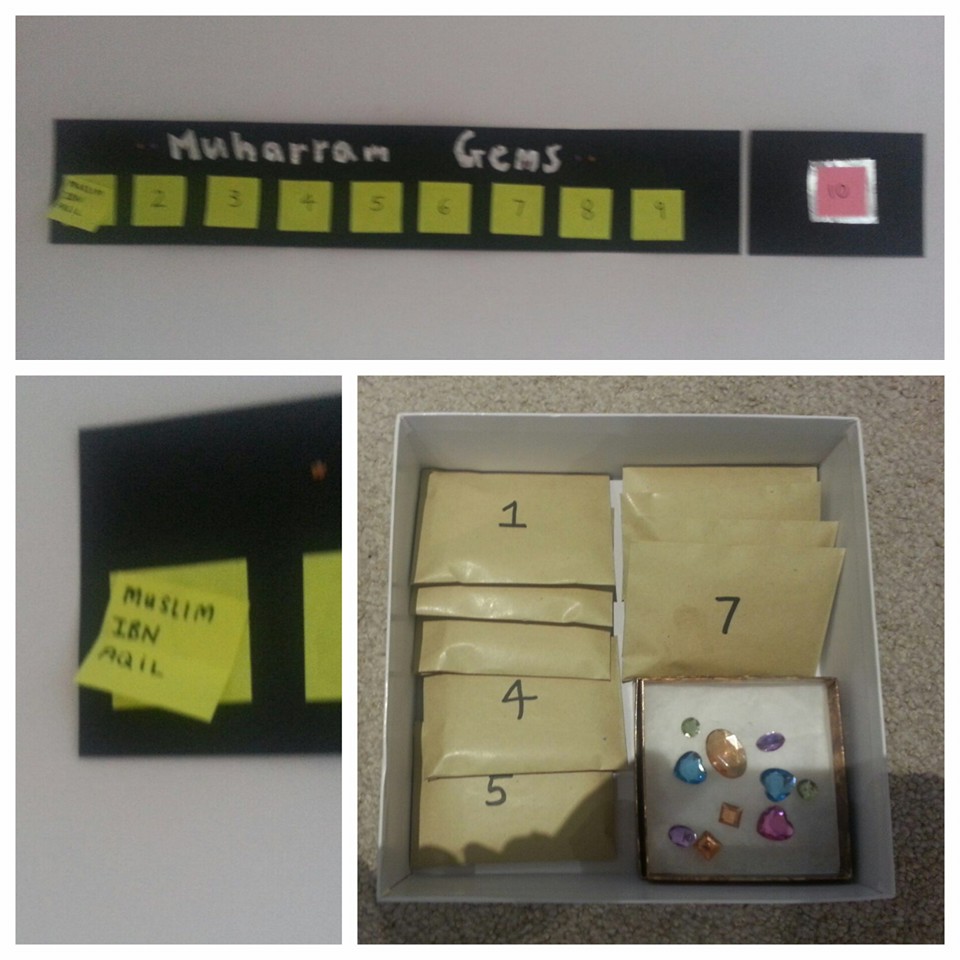
Lesson Objectives:
- To understand the meaning of the dhikr la illaha illalah
- To know that application must be with speech,
heart and actions
-
To understand the power and benefits of the dhikr
Qur'an Verse:
La illaha illalah, There is no God except Allah 47:19
Hadith:
‘The Kalima of Laillaha illala is my castle, and whoever enters the castle will be safe.
Lesson introduction:
A castle is a strong building built by important people to
keep them safe. Nothing can be a greater and safer place than the castle of
Allah!
All Muslims believe in the Kalima. They say ‘La illaha
illala’ with their lips, believe it with their hearts and show it in their
actions.
Words are powerful. They can have an affect on your body.
The words of Allah are the best words and most powerful words. Remembering
Allah and saying His words, helps you to feel better.
Saying the dhikr with your
heart means that you believe that Allah is the only One we worship, and
understand that nothing is greater or more important than Him.
You show ‘la illah
illalah’ with your actions when you always listen and do what Allah has said,
you obey Allah.
Activity: Anecdote – Power of Words
Boy becomes ill, alim recites some verses of Qur’an.
A
doctor also present says, “We have medicine to make you better, how can saying
these words make a difference?’
Alim says to him “I did not know donkeys are wearing
doctors uniforms theses days.”
Doctor gets furious, his face turns red and he can not
speak. How can you call me a donkey?!
Alim
explains, ‘please forgive me, I only said these rude words to make a point.
Your face turned red, your heart started racing, you couldn’t talk…all because
I said a few words. Now imagine, can God’s words not make a positive
difference?
Activity: A Secret Dhikr!
Look in the mirror and quietly recite the following
phrases, each time carefully watch the movement of your lips: Allahu Akber,
Alhamdulilah, SubhanAllah, Laillaha illala
Which
one had the least movement of the lips and mouth even though the tongue was
moving?
The dhikr of la illaha is like a special secret
between just you and Allah! No one else can tell what you’re saying or even see
you speaking!
Activity: Castle Worksheet
Fold an A4 sheet of paper lengthways from both ends to meet in the middle. Cut 2 rectangles out of the top edge to resemble a castle with an opening.
Inside, draw yourself and label the mouth, heart and hands, as the parts which must be involved in making the dhikr and explain how.
Download lesson plan: La illaha illalah









































